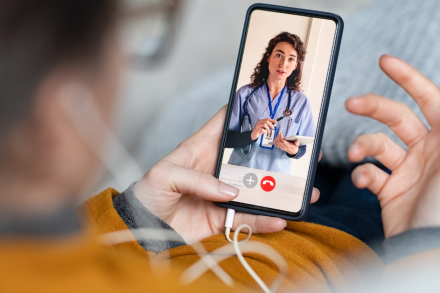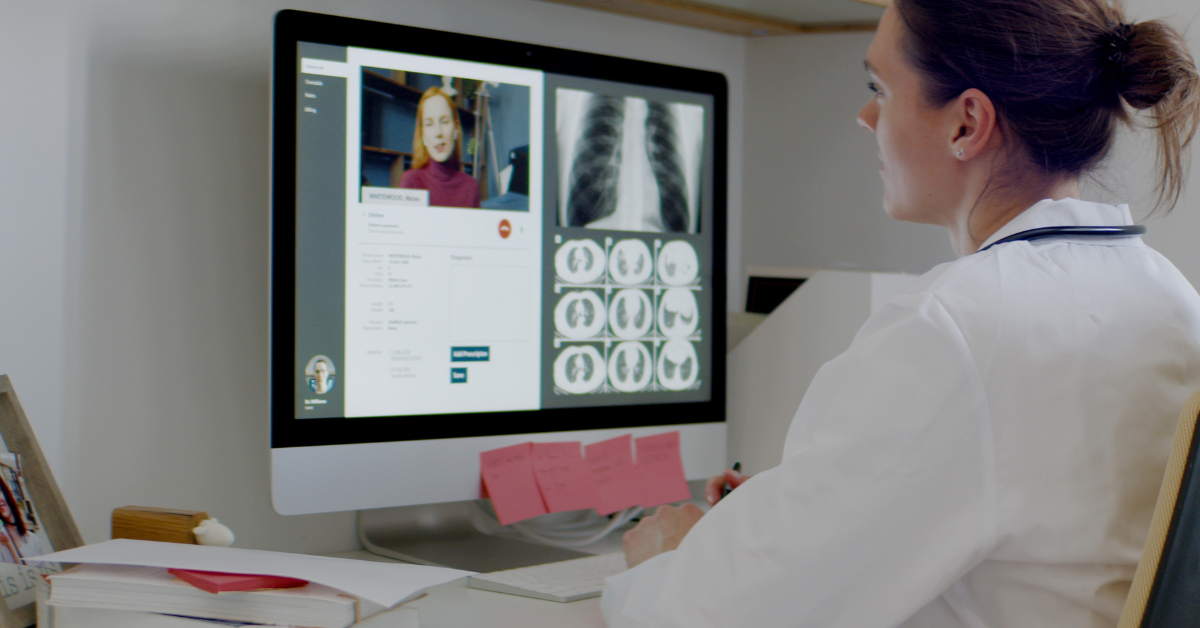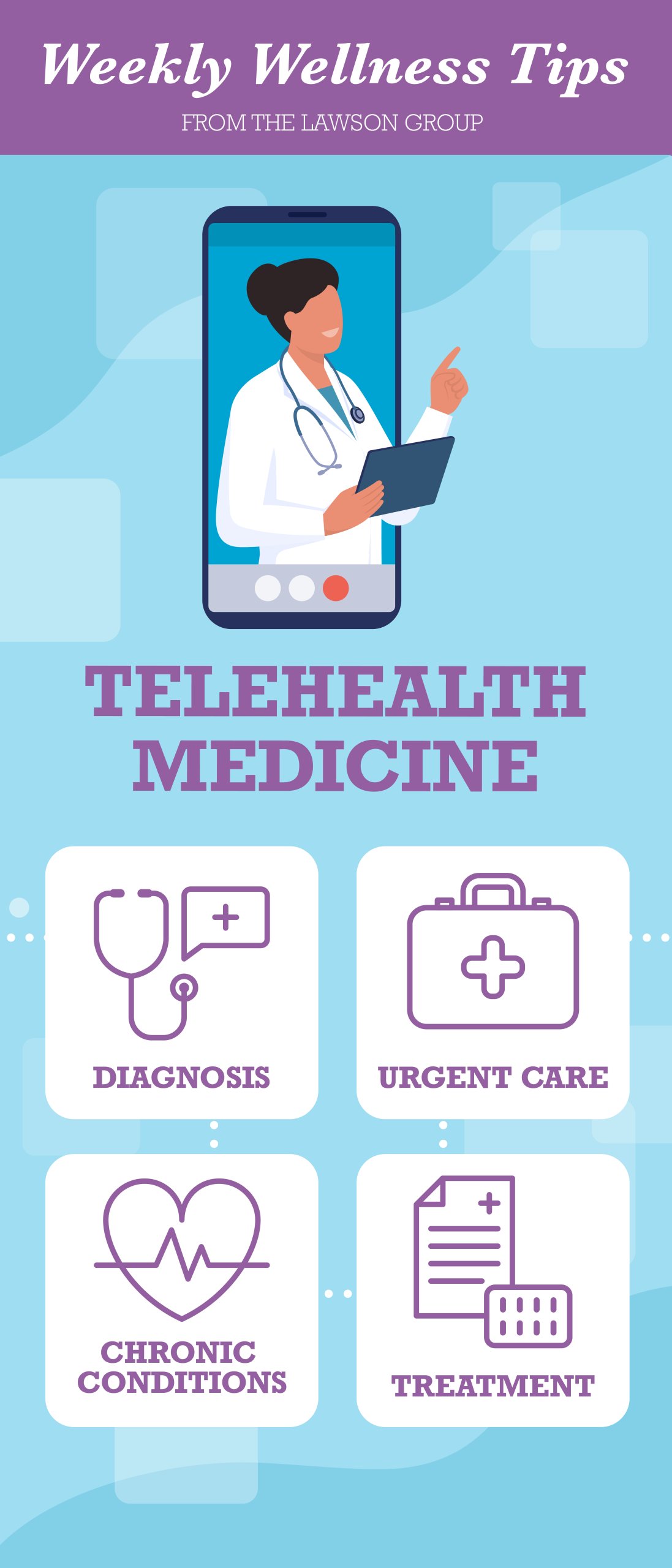
The COVID-19 pandemic greatly accelerated the adoption of telehealth as a means of providing healthcare services. In a post-pandemic world, the need for virtual treatment options has not subsided. In fact, for many, telehealth has been a more convenient way to stay proactive about their well-being.
For a printer-friendly version of this article, click here.
What is telehealth medicine?
Telehealth refers to the utilization of remote technologies for the provision of health care, education, and information services. Telemedicine, a subset of telehealth, is the remote diagnosis and treatment of patients through telecommunication technology.
There are several types of telehealth treatment options available, including:
Virtual Consultations
Virtual consultations allow patients to have a virtual visit with a healthcare provider through video conferencing, phone, or messaging platforms. This can be used for both new and follow-up appointments.
Remote Monitoring
Remote monitoring involves using technology, such as wearables or home-based monitoring devices, to collect and transmit data on a patient’s health status to a healthcare provider. This can be used for conditions such as heart failure, diabetes, and chronic obstructive pulmonary disease (COPD).
Store-and-Forward
Store-and-forwarding refers to the process of transmitting medical images and information, such as X-rays and diagnostic test results, between healthcare providers for review and analysis.
Teledermatology
Teledermatology is the use of telehealth technology for the diagnosis and treatment of skin conditions. It can involve virtual consultations and the sending of images for evaluation.
Telepsychiatry
Telepsychiatry is the use of telehealth technology for the delivery of mental health services, including therapy, counseling, and medication management.
Telerehabilitation
This is the use of telehealth technology for the delivery of physical and occupational therapy services to patients recovering from an injury or surgery.
Tele-ICU
Tele-ICU is a remote monitoring service that allows critical care specialists to monitor and manage patients in intensive care units (ICUs) from a central location.
What are the benefits of telehealth or telemedicine for the patient?
Telehealth enables patients to receive medical care from the comfort of their own homes. This increases healthcare access to those living in remote or underserved areas, improving continuity and coordination of care and reducing the need for travel and parking expenses. Here are a few additional perks:
- Increased access to healthcare services/providers for some patients
- More convenient appointment times with less disruption of their day.
- Increased opportunity to get second opinions
- Ability to facilitate coaching for those with chronic health conditions
- Imuno-compromised patients don’t need to be exposed to sick patients

The drawbacks:
- Requires the internet
- Not every type of visit can be virtual
- It can be hard for older providers and patients alike
- There are assessment limitations
- The security of one’s personal information online could be compromised
- Insurance companies may not pay for all types of visits
These are just a few examples of the many different types of telehealth treatment options available as well as the pros and cons of the practice. The field of telemedicine is rapidly evolving, and new technologies and treatment options are constantly being developed.
Anyone who has struggled to keep up with their routine exams may want to consider dipping their toes with a virtual consultation before scheduling their next appointment.








